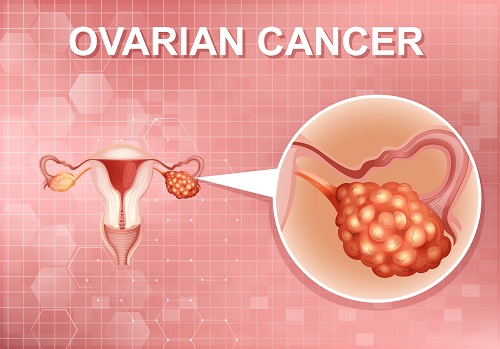
Tumors of the female reproductive organs—especially the ovaries and uterus—can range from benign growths to life-threatening cancers. Many of these tumors are silent in the early stages, making awareness and timely medical attention absolutely essential.
Whether you’re concerned about ovarian cysts, fibroids, or uterine or ovarian cancer, understanding the basics can help you take control of your health.
🧠 What Are Ovarian & Uterine Tumors?
- Ovarian Tumors: These are abnormal growths on or within the ovaries. They may be:
- Benign (non-cancerous), like functional cysts or dermoid cysts
- Malignant (cancerous), such as epithelial ovarian cancer
- Uterine Tumors: These can develop in different parts of the uterus:
- Fibroids (benign muscle growths)
- Endometrial hyperplasia (precancerous thickening of the lining)
- Uterine cancer, most often endometrial carcinoma
⚠️ Causes & Risk Factors
Some common factors that increase the risk of ovarian or uterine tumors include:
- Age – Most ovarian and uterine cancers occur after menopause
- Family history of ovarian, breast, or colon cancer
- Hormonal imbalances or prolonged estrogen exposure
- Obesity
- Polycystic Ovary Syndrome (PCOS)
- Early menstruation or late menopause
- Not having children
Genetic mutations like BRCA1/BRCA2 also raise the risk of ovarian cancer.
🚨 Symptoms to Watch For
Often, early symptoms are subtle and easily dismissed. However, some warning signs include:
Ovarian Tumor Symptoms:
- Abdominal bloating or swelling
- Pelvic or lower abdominal pain
- Frequent need to urinate
- Feeling full quickly while eating
- Unexplained weight changes
Uterine Tumor Symptoms:
- Abnormal uterine bleeding (between periods, after menopause)
- Pelvic pain or pressure
- Heavy or prolonged periods
- Pain during intercourse
- Vaginal discharge (watery or blood-tinged)
If any of these symptoms persist for more than two weeks, it’s best to consult a doctor.
🧪 Diagnosis & Screening
Your doctor may recommend:
- Pelvic examination
- Ultrasound (TVS or abdominal)
- MRI or CT scan
- Blood tests like CA-125 (for ovarian cancer)
- Endometrial biopsy or D&C (for uterine tumors)
- Laparoscopy or hysteroscopy for direct visualization and biopsy
🩺 Treatment Options
Treatment depends on the type, location, and stage of the tumor:
- Surgical removal – Most tumors require surgery for diagnosis or treatment
- Hysterectomy or oophorectomy – Removal of the uterus or ovaries, especially in cancer
- Chemotherapy or radiation – For malignant tumors
- Hormonal therapy – For specific hormone-sensitive tumors
Benign tumors like fibroids or cysts may be monitored or managed with medication if asymptomatic.
📞 When to Call the Doctor
Seek medical help if you experience:
- Persistent pelvic pain or bloating
- Irregular or postmenopausal bleeding
- Rapid abdominal swelling
- Difficulty eating or feeling full too quickly
Early diagnosis leads to better outcomes and more treatment options.
❓ FAQs
Are all ovarian or uterine tumors cancerous?
No. Many are benign, but all unusual symptoms should be evaluated.
What age should women start screening?
Routine pelvic exams should begin in your 20s; more advanced tests are considered based on symptoms or risk.
Can ovarian or uterine cancer be cured?
Yes—especially if detected early.
Are fibroids dangerous?
Fibroids are usually benign but can cause heavy bleeding and fertility issues if left untreated.
✅ Final Thoughts
Ovarian and uterine tumors can be frightening, but awareness is your first line of defense. Never ignore changes in your cycle, persistent pain, or unusual swelling. Regular gynecological checkups and early medical intervention can save lives.
ovarian tumor symptoms, uterine tumor causes, fibroids vs cancer, ovarian cysts, endometrial cancer, female reproductive tumor, gynecologic oncology, pelvic mass, abnormal uterine bleeding, ovarian cancer risk
